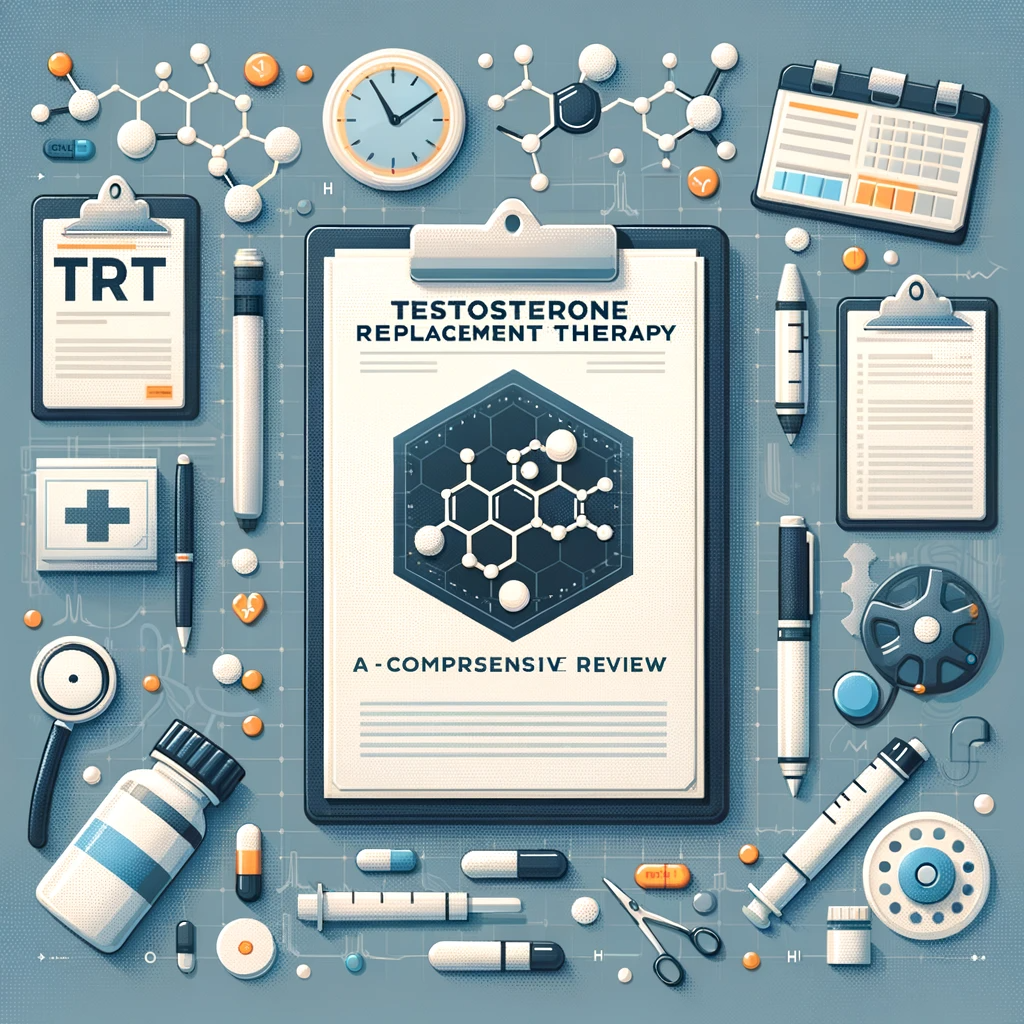Testosterone replacement therapy (TRT) has emerged as a valuable treatment option for men with low testosterone levels (hypogonadism). Hypogonadism, characterized by testosterone levels below the normal range, can manifest in various symptoms, including reduced libido, erectile dysfunction, fatigue, loss of muscle mass, and increased body fat. TRT aims to restore testosterone levels to a normal range, thereby alleviating symptoms and improving overall health.
Rationale and Indications for TRT
The rationale behind TRT lies in the recognition of testosterone’s crucial role in male physiology. Testosterone deficiency, or hypogonadism, can lead to a constellation of symptoms and negatively impact overall health. TRT is primarily indicated for men with symptomatic hypogonadism, defined as the presence of clinical symptoms associated with low testosterone levels.
Forms of TRT
TRT is available in various forms, each with its own advantages and disadvantages. The choice of TRT modality depends on individual preferences, lifestyle factors, and medical history.
- Testosterone Injections: Testosterone injections provide a rapid and sustained increase in testosterone levels. They are typically administered every 2-4 weeks.
- Testosterone Gels and Patches: Testosterone gels and patches deliver testosterone through the skin, offering a convenient and non-invasive option. They require daily application.
- Testosterone Implants: Testosterone implants are placed under the skin, releasing testosterone slowly over several months. They offer long-acting testosterone replacement.
- Testosterone Oral Medications: Testosterone oral medications, such as testosterone undecanoate, are taken by mouth and absorbed through the digestive system. They provide a less common form of TRT.
Potential Benefits of TRT
TRT has been shown to offer a range of potential benefits for men with hypogonadism, including:
- Improved sexual function and libido
- Increased muscle mass and strength
- Reduced body fat
- Improved bone density
- Enhanced mood and energy levels
Associated Risks of TRT
While TRT offers numerous potential benefits, it is crucial to consider the associated risks and weigh them against the potential benefits before starting treatment. Potential risks of TRT may include:
- Increased risk of prostate cancer
- Enlarged prostate
- Sleep apnea
- Increased red blood cell count
- Liver abnormalities
Informed Decision-Making and Close Monitoring
The decision to pursue TRT should be made in consultation with a healthcare provider after careful consideration of the individual’s symptoms, medical history, and potential benefits and risks. Close monitoring during TRT is essential to ensure optimal testosterone levels and minimize potential adverse effects. Regular blood tests and physical examinations are crucial to track testosterone levels and assess overall health.
Conclusion
TRT has emerged as a valuable treatment option for men with hypogonadism, offering potential benefits in improving sexual function, muscle mass, bone density, and overall well-being. However, it is essential to approach TRT with informed decision-making, carefully considering the potential risks and benefits in consultation with a healthcare provider. Close monitoring during TRT is crucial to ensure optimal testosterone levels and minimize adverse effects.tunesharemore_vertadd_photo_alternate


